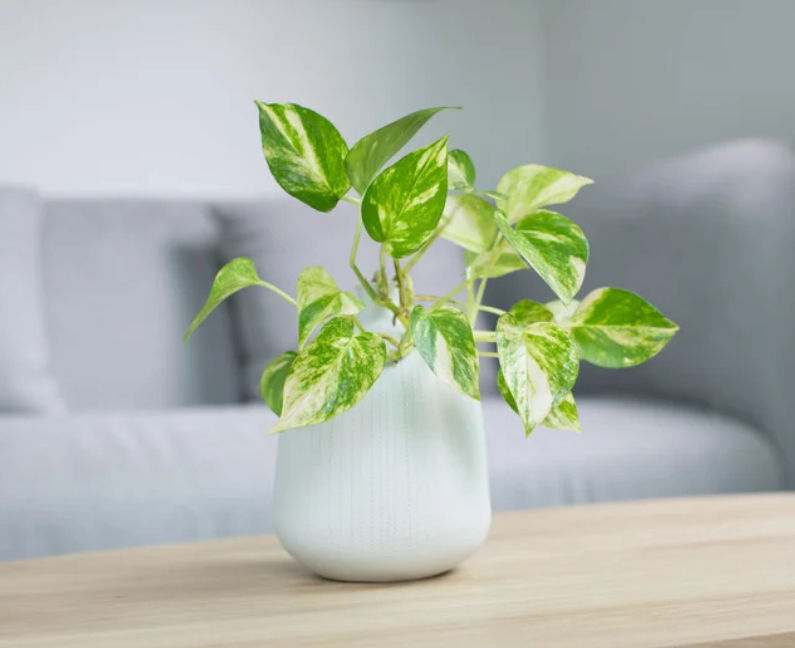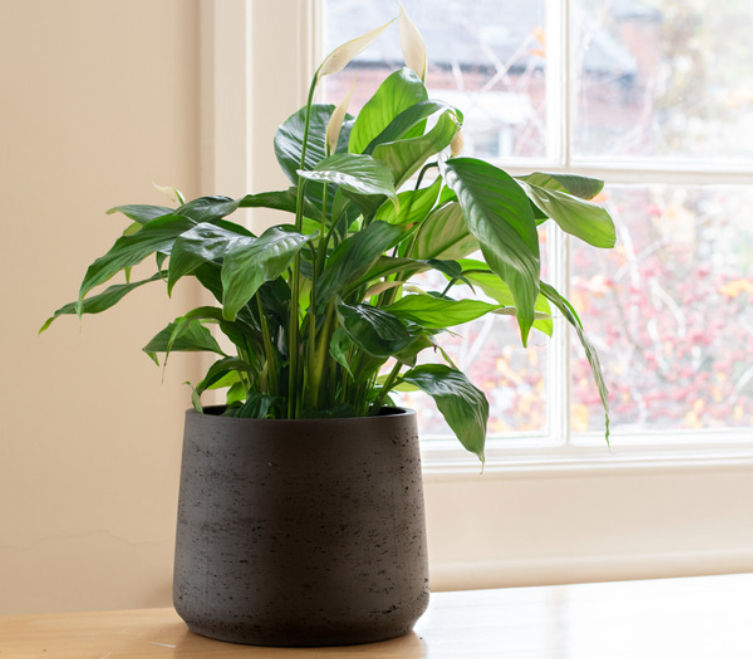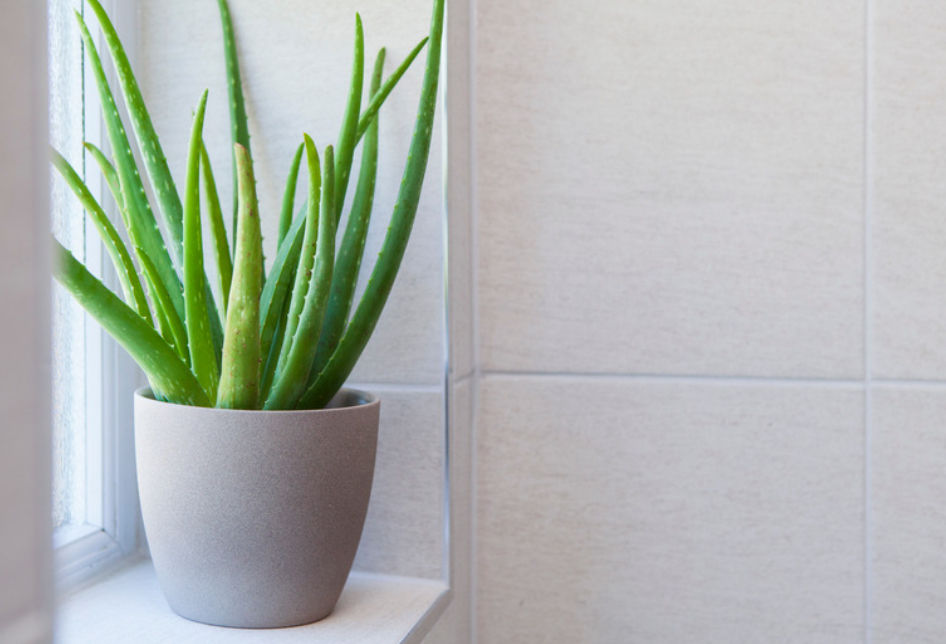The 6 Best Houseplants for Beginners
- Ashley Priscilla

- Aug 26, 2024
- 3 min read

Bringing a bit of nature indoors with houseplants is one of the easiest ways to brighten up your home. However, if you’re new to plant care, you might feel overwhelmed by all the choices and worried about keeping your plants alive. The good news is that many houseplants are surprisingly easy to care for, even if you don’t have a green thumb. Here’s a list of the best houseplants for beginners that are low-maintenance and can thrive in various indoor environments.
1. Snake Plant (Sansevieria)

The Snake Plant, also known as “Mother-in-Law’s Tongue,” is practically indestructible. It’s one of the best plants for beginners because it tolerates low light and doesn’t need frequent watering. You can forget to water it for weeks, and it will still look good. It also helps purify the air, making it a great addition to bedrooms and living rooms.
Care Tips:
• Light: Low to bright, indirect light
• Water: Every 2-4 weeks, allowing the soil to dry out between waterings
• Bonus: Very resilient to neglect
2. Pothos (Epipremnum aureum)

Pothos is another fantastic beginner plant known for its trailing vines and heart-shaped leaves. It’s incredibly adaptable and can grow in a variety of lighting conditions, from low light to bright, indirect light. Pothos is also forgiving if you forget to water it occasionally and is known for its ability to purify the air.
Care Tips:
• Light: Low to bright, indirect light
• Water: Once a week or when the top inch of soil is dry
• Bonus: Easy to propagate by cutting and rooting in water
3. Spider Plant (Chlorophytum comosum)

Spider Plants are well-loved for their arching green-and-white striped leaves and their ability to produce “pups,” or small offshoots that can be replanted. They thrive in indirect light and can tolerate some neglect, making them ideal for beginners. Spider Plants also have air-purifying qualities, helping to remove toxins from the air.
Care Tips:
• Light: Bright, indirect light
• Water: Every 1-2 weeks, keeping the soil slightly moist
• Bonus: Produces baby plants that can be easily propagated
4. ZZ Plant (Zamioculcas zamiifolia)

The ZZ Plant is a go-to for anyone who wants a virtually maintenance-free houseplant. It’s known for its glossy, dark green leaves and ability to thrive in low light conditions. ZZ Plants are drought-tolerant, meaning they can go weeks without water, making them perfect for those with a busy lifestyle.
Care Tips:
• Light: Low to bright, indirect light
• Water: Every 2-3 weeks, allowing the soil to dry out completely between waterings
• Bonus: Extremely tolerant of neglect
5. Peace Lily (Spathiphyllum)

Peace Lilies are not only easy to care for but also add a touch of elegance to any room with their beautiful white blooms. They thrive in low to medium light and are excellent at telling you when they need water—their leaves will droop, letting you know it’s time to water them. Peace Lilies are also known for their air-purifying qualities, removing toxins from the air.
Care Tips:
• Light: Low to medium, indirect light
• Water: Weekly or when the leaves start to droop
• Bonus: Blooms with beautiful white flowers
6. Aloe Vera

Aloe Vera is a great beginner plant, not only because it’s easy to care for but also because of its medicinal properties. It thrives in bright light and needs very little water, making it perfect for sunny spots in your home. The gel inside its leaves can be used to soothe burns and skin irritations.
Care Tips:
• Light: Bright, indirect to direct light
• Water: Every 3 weeks or when the soil is completely dry
• Bonus: The gel inside the leaves can be used for burns and skin care
Conclusion
Starting your houseplant journey doesn’t have to be difficult. These beginner-friendly plants are low-maintenance and can adapt to a variety of indoor environments. Whether you’re looking to add some greenery to your home or want to improve your indoor air quality, these plants are a great place to start. With just a little bit of care, you’ll soon find that keeping houseplants is easier—and more rewarding—than you might have thought.




Comentarios